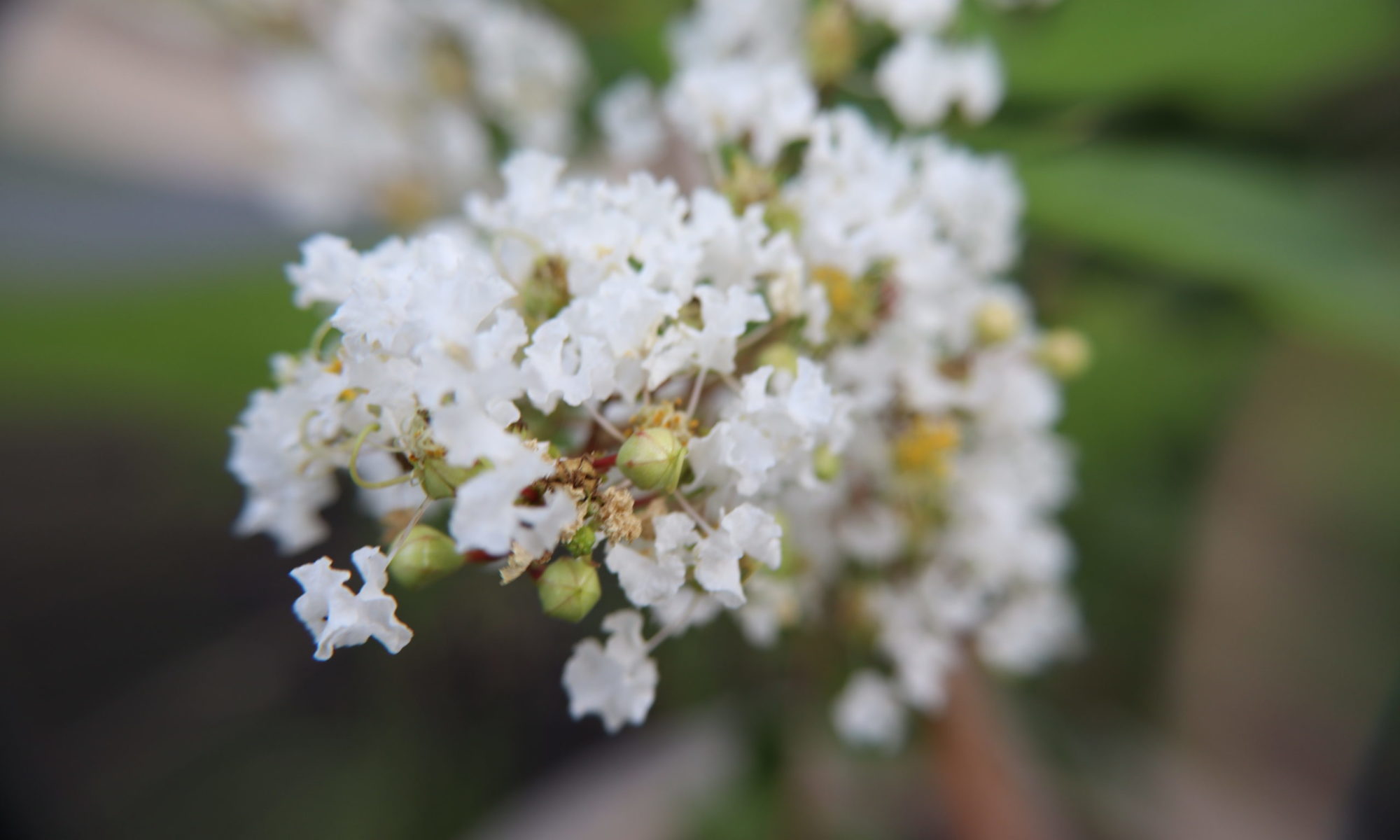As some of you know I’m taking courses for my masters in History. One of my courses is the History of Environmental Thought. This is a quick synopsis of a trip I had to write about for that course.
One of my greatest joys is a quick trip to Big Thicket for an overnight camping excursion. I don’t get to do this very often, but I find that it is always worth the effort. Big Thicket is large enough to allow an escape from the noise and influence of civilization, however it is close enough for me to make a quick trip to it on a weekend. Perhaps it’s just my perspective, but leaving Houston, and driving past Beaumont and into Big Thicket always puts me in the mindset to appreciate nature. Passing the smoke stacks and refineries on I-10 always leaves me feeling a little sad for the cost of modern life. Leaving that scene, and entering a forested area serves as a reminder that it is possible to keep nature in tact, despite the sprawl of “civilization”.
My trip to Big Thicket was in early March, I decided to head out early so that I could walk to winding Kirby trail, and setup a campsite while it was still light out. Big Thicket is about 30 miles north of Beaumont, and consists of about 105,000 acres of preserve. It is full of large pine trees, and stands at a kind of natural crossroads between the Piney Woods of Texas and the gradual swamp environment of Louisiana. I took the time, during this trip to, visit the visitor center and to browse their information regarding the history of Big Thicket.
The original area of Big Thicket was surveyed in 1936 and consisted of over a million acres of land. No formal protection was afforded the area until 1976, when it became the first National Preserve. The problem with this is that the land compromising the National Preserve is not contiguous, and the greenbelts connecting to them may belong to the timber industry or other economic interests. The proximity to Beaumont and Houston, as well as the legal drilling for oil add to the threats that Big Thicket face. Economic and urban development threatens the peace and sanctity, as well as the stability of the park.
After reading up on the park history, and making note of the possibility of running into Black Bears, I started down the Kirby trail. The park itself doesn’t have any set camping sites. You are allowed to camp in the reserve for free, but you have to be about 200 feet from the trails. I’ve camped here about 3 time previously, so I walked about 2 miles down the trail and took a hard left into the forest where I knew to find a relatively clear, and hopefully bear free, area. This will be a quick trip for me, a day to hike the trails and a night away from the noise pollution of the city. I found my usual campsite, and I setup my tent and unload the bulk of my pre-processed, “just add water” supplies.
After setting up my site, I begin my hike up the Kirby trail. The Kirby trail loops around several areas, and it is from here that I can head towards my goal, the Sandhill Loop, which gives me a good view of the diversity of the area. Thus far, the hike around my campsite, and into the park was full of large pine trees and full of the sounds of birds. What I love about the Kirby trail is how it leads to parts of the reserve that are drastically different. You can hike the five miles of the Sandhill Loop and see Cypress trees and boggy areas that contain pitcher plants, and other things that I would associate with a swamp. I particularly love the Cypress trees and the boggy areas.
It was too early in the year to see many flowers on my hike, and that was a disappointment, however the bigger disappointment was the occasional sound of what I assume was machinery in the distance. It’s not something that you would notice while in the middle of Houston, but it seemed eerily out of place while at Big Thicket.
Before it got too close to sunset, I headed back to my campsite, trusting that nobody would have disturbed my tent. Thankfully it was a quiet day, and I came back to an undisturbed campsite. I decided that water and jerky would be a good enough meal for a chilly March evening and I settled in. The only drawback to camping in Big Thicket is that the trees obscure your view of the night sky, but that was well worth it for the illusion of isolation.
I did hear something walking around in the middle of the night; I assumed that it was too early for bears to be lurking around, so I ignored the sound. In the morning I found tracks around my tent that probably belonged to a small fox. I had observed some opossums before going to bed in the distance, and I know that there were more snakes near me than I cared to consider.
Overall, Big Thicket never ceases to amaze me, and I do plan on making an extended trip soon, so that I can see the other trails that I usually don’t have time to visit. Talking to the Park Ranger, I realize that even 100000 acres of Reserve land can still be at the mercy of industrial development and contamination from the city. It is important to push for further funding so that this beautiful park can continue to be preserved and cherished.

